Refine search
Actions for selected content:
3430 results in Popular science
Conventions and Abbreviations
-
- Book:
- The Atom in Seventeenth-Century Literature
- Published by:
- Boydell & Brewer
- Published online:
- 16 July 2022
- Print publication:
- 13 August 2021, pp xi-xii
-
- Chapter
- Export citation
Acknowledgements
-
- Book:
- The Atom in Seventeenth-Century Literature
- Published by:
- Boydell & Brewer
- Published online:
- 16 July 2022
- Print publication:
- 13 August 2021, pp ix-x
-
- Chapter
- Export citation

Wicked Philosophy
- Philosophy of Science and Vision Development for Complex Problems
-
- Published by:
- Amsterdam University Press
- Published online:
- 16 February 2021
- Print publication:
- 01 August 2018
-
- Book
- Export citation

Inside the Politics of Technology
- Agency and Normativity in the Co-Production of Technology and Society
-
- Published by:
- Amsterdam University Press
- Published online:
- 24 January 2021
- Print publication:
- 02 August 2005
-
- Book
- Export citation

Gravity Does Not Exist
- A Puzzle for the 21st Century
-
- Published by:
- Amsterdam University Press
- Published online:
- 12 December 2020
- Print publication:
- 26 June 2014
-
- Book
- Export citation

Gabelentz and the Science of Language
-
- Published by:
- Amsterdam University Press
- Published online:
- 21 November 2020
- Print publication:
- 14 August 2019
-
- Book
- Export citation

Zootechnologies
- A Media History of Swarm Research
-
- Published by:
- Amsterdam University Press
- Published online:
- 21 November 2020
- Print publication:
- 19 November 2019
-
- Book
- Export citation
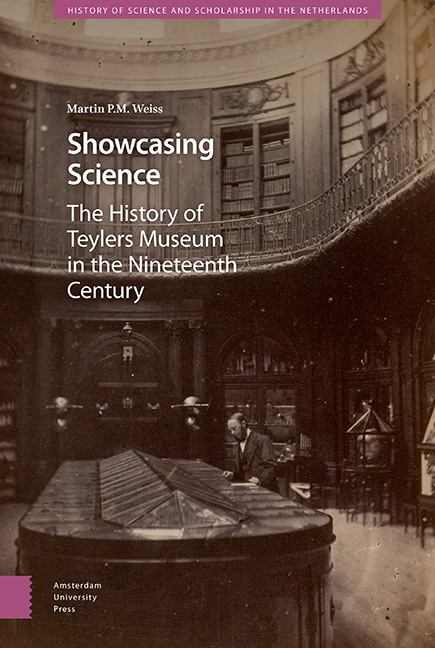
Showcasing Science
- A History of Teylers Museum in the Nineteenth Century
-
- Published by:
- Amsterdam University Press
- Published online:
- 21 November 2020
- Print publication:
- 12 March 2019
-
- Book
- Export citation

The Correspondence of Isaac Newton
-
- Published online:
- 17 November 2020
- Print publication:
- 02 February 1978
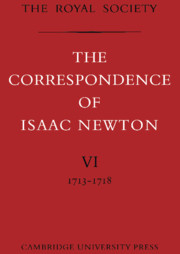
The Correspondence of Isaac Newton
-
- Published online:
- 17 November 2020
- Print publication:
- 22 July 1976
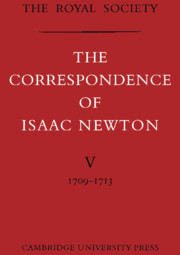
The Correspondence of Isaac Newton
-
- Published online:
- 17 November 2020
- Print publication:
- 16 October 1975
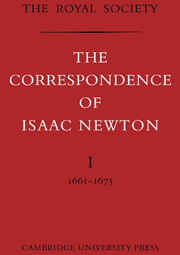
The Correspondence of Isaac Newton
-
- Published online:
- 17 November 2020
- Print publication:
- 02 January 1959
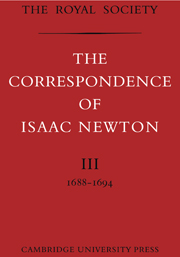
The Correspondence of Isaac Newton
-
- Published online:
- 17 November 2020
- Print publication:
- 01 January 1966
1 - Gravity Triumphant
-
- Book:
- Gravity's Fatal Attraction
- Published online:
- 29 September 2020
- Print publication:
- 05 November 2020, pp 1-22
-
- Chapter
- Export citation
6 - Jets
-
- Book:
- Gravity's Fatal Attraction
- Published online:
- 29 September 2020
- Print publication:
- 05 November 2020, pp 131-168
-
- Chapter
- Export citation
8 - Black Holes in Hibernation
-
- Book:
- Gravity's Fatal Attraction
- Published online:
- 29 September 2020
- Print publication:
- 05 November 2020, pp 187-212
-
- Chapter
- Export citation
2 - Stars and Their Fates
-
- Book:
- Gravity's Fatal Attraction
- Published online:
- 29 September 2020
- Print publication:
- 05 November 2020, pp 23-50
-
- Chapter
- Export citation
7 - Blasts from the Past
-
- Book:
- Gravity's Fatal Attraction
- Published online:
- 29 September 2020
- Print publication:
- 05 November 2020, pp 169-186
-
- Chapter
- Export citation
Appendix: Gravity and Cosmic Dimensions
-
- Book:
- Gravity's Fatal Attraction
- Published online:
- 29 September 2020
- Print publication:
- 05 November 2020, pp 293-296
-
- Chapter
- Export citation
9 - Cosmic Feedback
-
- Book:
- Gravity's Fatal Attraction
- Published online:
- 29 September 2020
- Print publication:
- 05 November 2020, pp 213-232
-
- Chapter
- Export citation
